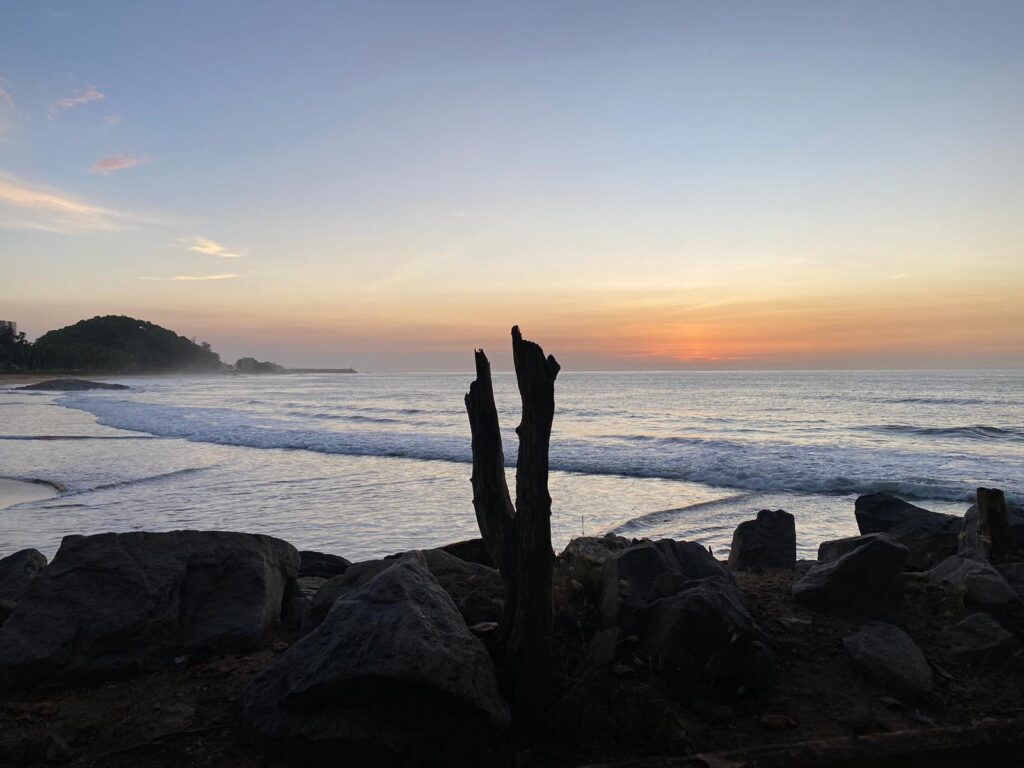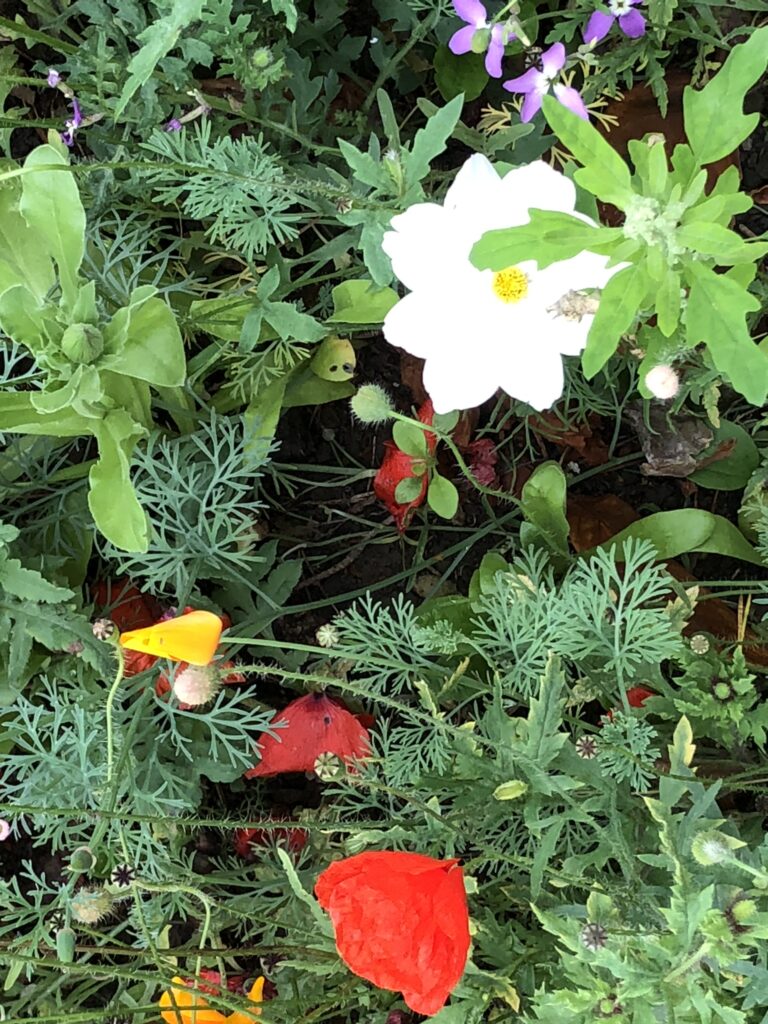“Supermind is a stage and structure of consciousness that has to be earned, step by step. This is different from simply a ‘Big-mind’, or non-dual awakened state that we can have in meditation, but that can occur at any stage in our inner growth”

Dear Integral Meditators,
This week’s article looks at growing your perspective taking capacity through mindfulness. Essentially it explores 5 perspectives:
- Your first person ‘I/me’ space
- Your second person ‘we/us’ space
- Your third person ‘it’ space
- Your fourth person ‘self-as-the world’ space
- Your fifth person ‘integral perspectives’ space
Growing all these together within you gives what Ken Wilber describes as ‘Supermind’. If you enjoy the article, then do consider joining us for the Exploring your hidden maps of consciousness –mindfulness meditation for growing up course that starts this week!
In the spirit of the journey,
Toby
From fusion to Supermind – The journey of developmental mindfulness
The journey from fusion to ‘Supermind’ is essentially a journey of perspective taking. It is the journey of going from being a baby to a fully developed and integrated human being. A main goal of mindfulness in this developmental sense is to stimulate our growth along that journey, making more and more perspectives functionally available to us as time goes by.
The stages & perspectives of consciousness that we journey along are essentially 1st to 5th person perspectives, and from egocentric, to ethnocentric to worldcentric, to universal/Kosmocentric. Here is a very summary in seven stages:
Egocentric, 1st person, ‘I/me’:
Note with egocentric these are essentially childhood stages, but adults can and do regularly regress to these stages in their daily life.
Level 1 – Archaic/fusion – Our first year of life is spent like this, largely fused perceptually with our physical and emotional environment, reactive to very basic needs, hunger, thirst, warmth, cold etc…
Level 2 – Tribal fantastical – Fantasy wish fulfilment emerges 18months to 3 years old: Superstitions or magical thinking within self, being incredibly special & unique, the world revolves around me (hence the ‘terrible twos!’ etc…).
Level 3 – Mythic fantasy – 4-7 years old – Often termed ‘self-protective, ‘security’, ‘power’ or opportunistic’ level. Self-centred desires for power & control.
Ethnocentric, 2nd person ‘we/us’
Level 4 – Mythic membership – 7-12 years, but still a dominant perspective in many adults lives today. “Belonging-ness” (to groups, family, race, religion etc…) stage. The shift from me focused to we/us focused, or group focused. Strict conformity to the rules. Them vs us.
Worldcentric, 3rd person, ‘it’
Level 5 – Rational/scientific – The emergence of an objective, 3rd person ‘rational’ perspective, capacity to care for all of humankind, even if not part of our ‘group’. The emergence of true individuality, self-esteem, and goal/achievement focus.
Universal, 4th person
Level 6 – Pluralistic – The ability to take a 1st and 2nd person ‘I/we/’ perspective on our 3rd person rational/worldcentric perspective, resulting in a capacity for deep compassion and empathy for all living beings and the world.
Integral, 5th person
Level 7 – Integral – The ability to:
- Take an objective perspective on our 4th person pluralistic perspective, resulting in ‘Universal objective subjectivity’ (!)
- Take all the previous developmental stages along with their perspectives (1-6), and ‘transcend and include’ them – Each has their place honoured in the overall picture, but none are identified with exclusively. They function together in an integrated and ‘whole’ way, like a healthy organism.
This integral level of perspective taking is what is referred to as ‘Supermind’. Supermind is a stage and structure of consciousness, which is different from simply a ‘Big-mind’, or non-dual awakened state that we can have in meditation, but that can occur at any of the developmental stages mentioned above.
So then, the interesting thing about this list is, at the moment, all of us have main ‘centre of gravity’ at one of these stages. By practising mindfulness around each of them we can:
- Unearth the hidden maps of consciousness within us
- Note which stage we are at, and how that changes or varies in different situations in our life
- Observe or ‘videotape’ the level you are at in mindfulness meditation in order to transcend & include it, and encourage movement to the next level*
You can then observe your current the lower and higher levels of development within you, ‘cleaning up’ the lower levels that you sometimes notice yourself regressing to, and opening to the higher stages by becoming familiar with what they are and how they function.
Related articles: Your primal self as your object of mindfulness
Transcending & including – Integrating the big & the small selves
*Three named terms in this paragraph from Ken Wilber’s ‘Integral Meditation’ book.
Article & content © Toby Ouvry 2024, you are welcome to use or share this article, but please cite Toby as the source and include reference to his website www.tobyouvry.com
All upcoming classes and workshops at IMA:
Ongoing – Weekly Tuesday, Wednesday Online class schedule
Ongoing on Wednesday’s, 7.30-8.30pm – Wednesday Meditation for stress transformation and positive energy with Toby (Bukit Timah)
Ongoing on Tuesday evenings, 7.30-8.30pm – Tuesday Meditation for stress transformation and positive energy with Toby (East Coast)
Starts Tuesday/Wednesday evening 9/10th April – Exploring your hidden maps of consciousness –mindfulness meditation for growing up
Saturday & Sunday April 20th & 21st – Integral Meditation 1.5 Day Retreat
Follow Toby on: LinkedIn, YouTube, Instagram
Integral Meditation Asia
Online Courses * 1:1 Coaching * Books * Live Workshops * Corporate Mindfulness Training *Life-Coaching * Meditation Technology












